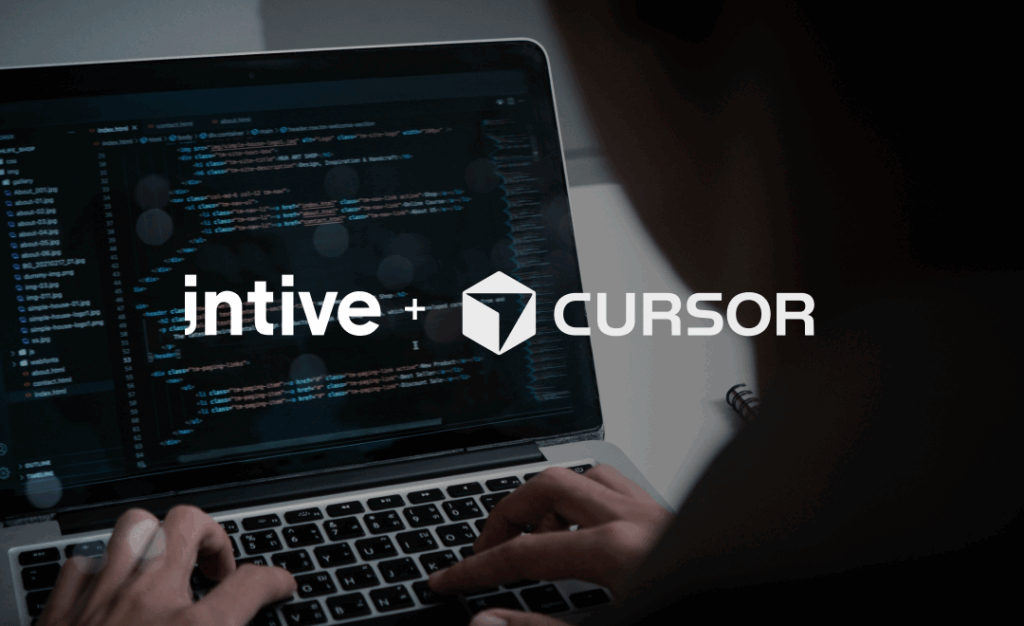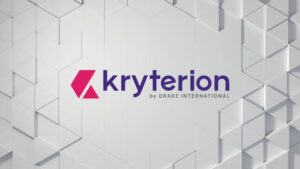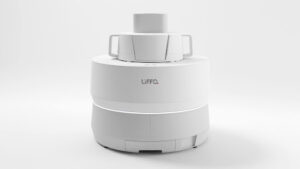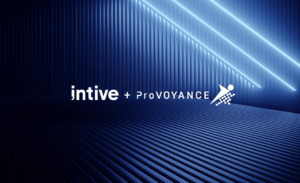Article authored by Nate Macleitch, CEO of HIPAA-compliant AI communications provider QuickBlox, and Sanat Dixit, MD, MBA, Neurosurgeon, Founder and CEO of Theos Health
A sprinter finishes a session and checks their phone. Within seconds, AI flagged a subtle instability in their left hip—something they didn’t feel but that, if left unchecked, could lead to a strain or worse.
Training with AI in your pocket is poised for substantial growth. The Global Sports Technology Market size is expected to be worth around $105.6 billion by 2033, from $18.7 billion in 2023, growing at a CAGR of 18.9%. It’s on the sidelines, in the locker room, and embedded in the daily routines of athletes from high school to pro leagues.
Already, the NFL has used predictive analysis to identify plays and body positions that most likely lead to injuries. The process included capturing data through chips in players’ shoulder pads, and the findings were used to adjust rules and strategies for safety. As a result, concussions sustained on kickoffs dropped by 60% in the last season.
From identifying factors that lead to injury to proposing preventative training plans, let’s look at how AI reshapes athletic performance and recovery.
Optimizing performance with AI-enabled care plans
From injury assessments to step-by-step rehabilitation exercises, AI can help provide personalized training programs and injury recovery plans.
AI is showing great promise in enhancing orthopedic surgeons’ ability to accurately diagnose injuries like ACL ruptures by automatically reviewing video footage of athletes in live situations. Critical factors that can impact an athlete’s risk of injury, such as the patient’s age, weight, number of training hours spent, previous injuries, hydration levels, and fatigue are all data points that can be inputted or recorded in real-time using wearable technology.

With an accurate and continuous flow of real-time data on all factors that influence a player’s performance, AI can analyze, predict, and adapt training plans to incorporate preventative treatment. It can target training regimes to minimize the stress on vulnerable joints and muscles and instead offer strengthening exercises and stretches to improve long-term athletic performance.
In cases where an athlete is injured, AI can help monitor whether patients are following their treatment plans correctly, and report feedback to both the athlete and clinic instantly. Paired with wearables and in some instances, AI-generated video content, athletes can ensure they are always using the correct form and movement execution.
Connecting with MSK (musculoskeletal) experts
Whether athletes are dealing with a sports injury, have chronic pain, or seek expert advice, having instant access to consultations from home can help prevent further agony.
AI, which is capable of analyzing motion and wearables data and detecting potential injuries, can also take this initial diagnosis a step further. It can categorize injury severity (e.g., mild strain vs. high ACL tear risk) and recommend next steps. This helps connect patients with the right support and ensures orthopedic surgeons prioritize urgent cases for specialist review.
Let’s say a sports clinic created its own sports injury triage and care app. It could enter its employees’ availability and use AI to match athletes with orthopedic surgeons or physical therapists based on injury type and location. AI could help automatically assign urgent cases for priority appointments, while minor injuries would be directed to rehab specialists or virtual consultations.

Getting expert care without patients stepping out of their homes—or surgeons out of the clinic—is quickly becoming the norm. The US telemedicine market size was estimated at $35.75 billion in 2024 and is expected to hit around $160.45 billion by 2034. Driving this growth is the ability to offer real-time, two-way communication platforms allowing patients to access healthcare services with improved accuracy and convenience.
Sports medicine clinics and orthopedic practices could integrate AI-assisted medical history and movement reports within their existing electronic health record (EHR) systems to centralize records and visualize biomechanical changes over time. They can use AI to auto-log movement abnormalities and correlate digital biomarker data with performance to fine-tune exercise plans. When abnormalities occur, communications platform features like automated alerts can notify medical professionals and physios to review the data, and summary features, powered by natural language processing (NLP), can help teams gain a top-level view of athletes’ symptoms as part of these alerts.
Clinician support with AI tools
AI-enabled tools won’t be replacing your healthcare provider any time soon, but they may help them become more efficient.
Healthcare has gotten more complex, and the amount of information that has to be processed has grown exponentially. Similarly, the processes to ingest, manage, and act on this information have also gotten increasingly convoluted. AI can be a valuable adjunct to streamline redundant and inefficient workflows, ranging from ambient listening and documentation tools (AI scribes), clinical decision support, patient communication, and workflow optimization.
A 2024 study in JAMA showed AI-enabled tools helped improve physician efficiency by a median of 27%. A 2022 study by the AMA also showed physicians valued the promise of this efficiency, with over 65% of physicians citing this as the primary benefit. The burdens of rote, nonclinical tasks have eroded physician morale. Leveraging AI-based tools the right way could help mitigate the problem of physician burnout.
Athletes face relentless pressure to outperform themselves and beat the latest records. As competition intensifies, athletes are turning to NLP-powered tools that translate complex data from CAMA systems and wearables into clear, real-time feedback. These tools don’t just track—they talk, guiding athletes through each micromovement like a coach in their pocket, helping them avoid injury and perform at their best.
Article authored by Nate Macleitch, CEO of HIPAA-compliant AI communications provider QuickBlox, and Sanat Dixit, MD, MBA, Neurosurgeon, Founder and CEO of Theos Health.









